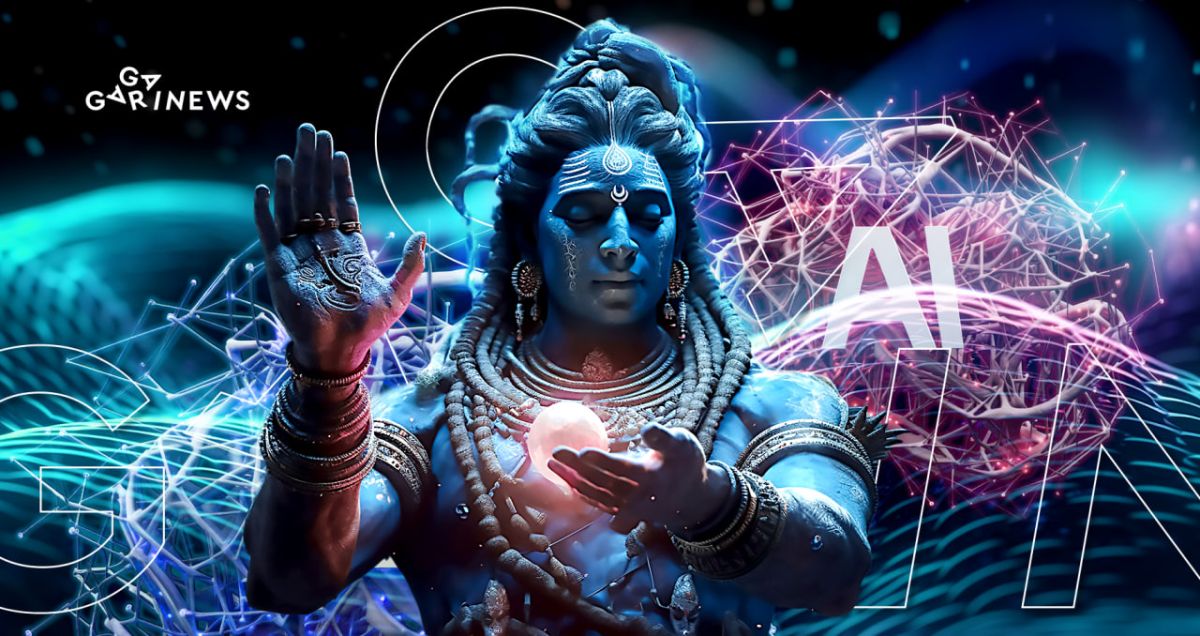India’s New Hero: Artificial Intelligence Assisting the Poor

Indian developers are continuously exploring artificial intelligence’s potential to aid their nation’s less fortunate, particularly in sectors like education, finance, and healthcare.
On this page
Given the economic state of India, where over 16% of the population falls below the poverty line, such methodologies are thoroughly justified. Recognizing the scenario, the government offers full autonomy to researchers, refraining from hastily imposing blanket regulations or prohibitions on artificial intelligence. This approach starkly contrasts with the measures taken by western nations like the U.S., U.K., and France, enabling local developers to launch applications addressing local issues, like assistance with legal matters, farming, or job hunting.
For instance, take the popular chatbot, Jugalbandi, developed by the non-profit organization, OpenNyAI. The bot has been trained on an extensive dataset for voice recognition and translation across multiple Indian languages. It swiftly processes queries, retrieves the necessary data, and responds to the user in their native dialect. To uphold user privacy, the AI filters out personal information, such as identification codes, locations, and phone numbers before initiating the translation.
The application is currently being tested in Bangalore, in southern India. All participants have selflessly volunteered for the experiment, given that many Indian workers grapple with English and the local bureaucracy. Artificial intelligence proves invaluable in sourcing educational, financial, and other types of informational content, which aids in reducing corruption while receiving government assistance.
One of the experiment participants, Vijayalakshmi, had her story featured by the American newspaper, Bloomberg.Bloomberg. Despite earning just about $100 with no means to approach a law firm, she successfully utilized a chatbot to procure scholarship advice for her son's education.Even though analysts forewarn the dangers of unchecked automation and disinformation, the trials of AI in India demonstrate a positive trend: broadening of professional skills and a reduction in language, financial, and medical limitations.
A large foundational model developed in the West Coast of the US a few months before made its way to a developer in India. I’ve never seen that kind of diffusion before. We are waiting for the industrial revolution to reach large parts of the world after 250 years
© Microsoft CEO Satya Nadella commented
Nevertheless, despite clear practical benefits such as reducing corruption and enhancing education quality, the experiment's leader, Saurabh Karn, displays cautious optimism. He believes that social issues cannot be resolved solely through AI. Often, people are engaged in low-skilled jobs, lack smartphones, and have limited access to new technologies, all factors that contribute to widening the societal divide between different population strata.
The content on The Coinomist is for informational purposes only and should not be interpreted as financial advice. While we strive to provide accurate and up-to-date information, we do not guarantee the accuracy, completeness, or reliability of any content. Neither we accept liability for any errors or omissions in the information provided or for any financial losses incurred as a result of relying on this information. Actions based on this content are at your own risk. Always do your own research and consult a professional. See our Terms, Privacy Policy, and Disclaimers for more details.


























